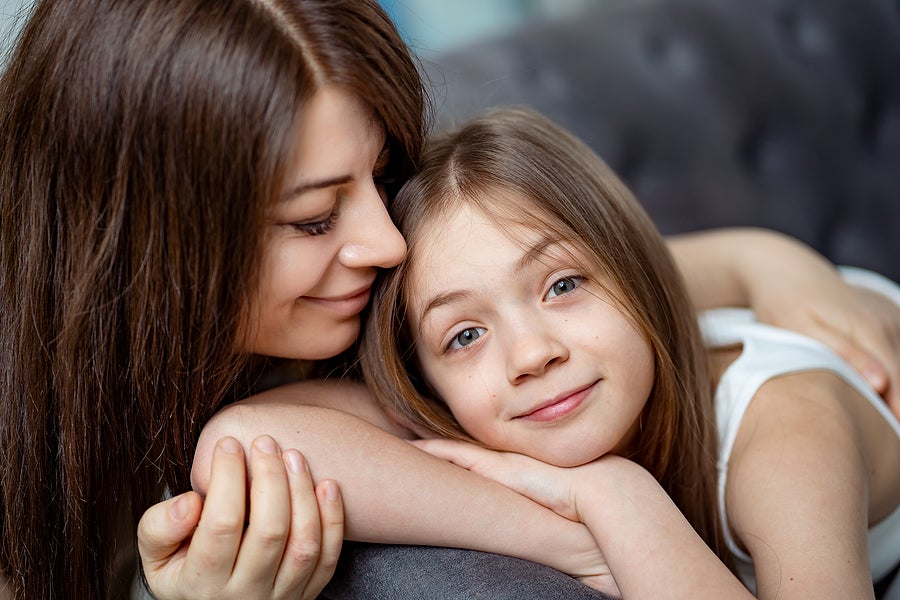The COVID-19 pandemic has disrupted lives in many ways and has taken an unprecedented toll on children’s mental health, exacerbating long-standing gaps in mental health care for children in the United States.
According to CDC reports, children’s emergency room visits for mental health issues increased significantly during the pandemic, with visits for adolescent girls for suspected suicide attempts over 50 percent higher during February and March of 2021 when compared to the same period in 2019. At the same time, according to data from the Centers for Medicare & Medicaid Services (CMS), despite an overall rebound for most services, there has been a “notable gap” in services for mental health conditions compared to pre-pandemic rates.
Calling attention to this deepening crisis, in October, the American Academy of Pediatrics, the American Academy of Child and Adolescent Psychiatry, and the Children’s Hospital Association declared a National Emergency in Child and Adolescent Mental Health. Following this declaration, in December, the United States Surgeon General issued a formal Surgeon General’s Advisory on the youth mental health crisis.
Fortunately, a number of states plan to invest in initiatives that support youth behavioral and mental health by leveraging funds made available by section 9817 of the American Rescue Plan Act, which provided substantial new federal funding to states, on a temporary basis, to expand and improve home and community-based services in their Medicaid programs.
We have reviewed the spending plans and narratives for the 50 states and DC posted by CMS on Medicaid.gov to see whether and how states plan to use the funds to support children’s mental and behavioral health as part of their planned activities to enhance, expand, or strengthen home and community-based services. We summarize our findings in an issue brief published today.
While details vary, the majority of states include additional support for behavioral health, including mental health care, in some form as part of their state plans. The most common avenue of additional support for behavioral health included in the plans is through enhanced provider payments such as provider rate increases. Other themes include a focus on investments in behavioral health crisis response, enhancements to care coordination, a focus on the connection between behavioral health and homelessness, funding to expand community mental and behavioral health clinics, and additional funding support to help transition people from residential settings to home and community settings.
In addition to broader investments in mental and behavioral health, several state plans include support for children’s behavioral and mental health-specific initiatives. A few states also included references to school-based initiatives or services as part of their state spending plans and narratives. Finally, while not directly targeted towards children, but key to their healthy development and well-being, some states include plans to invest in initiatives to support parent or caregiver mental health and behavioral health needs.
ARPA’s section 9817 HCBS funding has provided states with an opportunity to invest in home and community-based initiatives that support youth behavioral and mental health, however, much more will need to be done to address the long-standing unmet mental health needs of children and adolescents across the nation.
The Build Back Better Act would provide additional and longer-term support for home and community-based services by providing states with the option of permanently receiving a six-percentage point increase in their Medicaid matching rate for improving and expanding Medicaid home and community-based services. According to Congressional budget experts, this could infuse an additional $140 billion in additional federal funding for the Medicaid home and community-based system, supporting services such as mental and behavioral health care for children.


